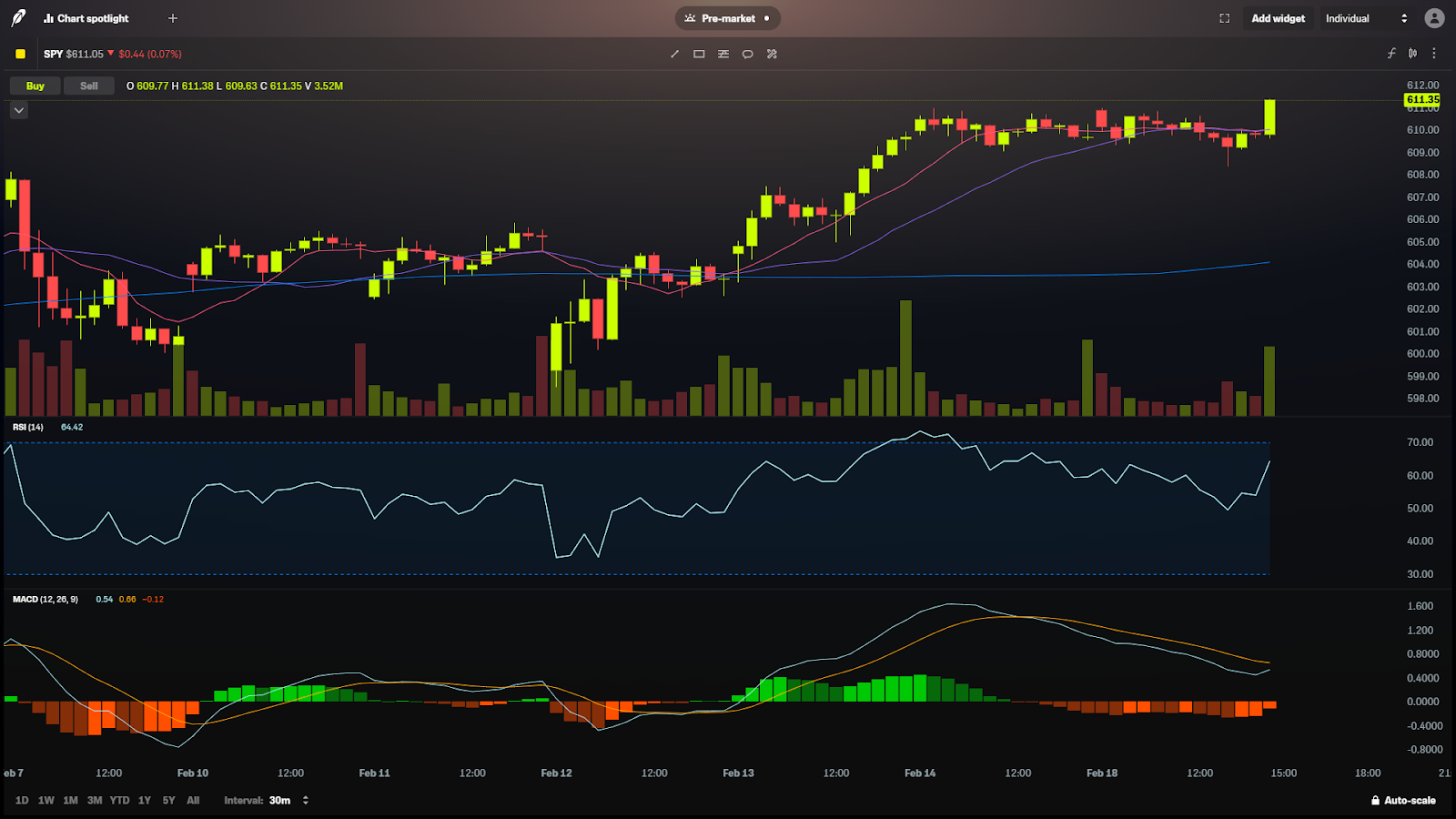
When navigating the financial markets, it’s essential to grasp the fundamental differences between traders and investors. While both aim to generate profits from market activities, their methodologies, time horizons, risk tolerances, and objectives vary significantly. This comprehensive exploration will explore these distinctions, clarifying each approach’s unique characteristics.
Defining Investors
An investor is an individual or entity that allocates capital to assets—such as stocks, bonds, real estate, or mutual funds—expecting to generate returns over an extended period. The primary goal is to gradually build wealth by appreciating asset values and accumulating income, such as dividends or interest.
Key Characteristics of Investors:
- Time Horizon: Investors typically adopt a long-term perspective, holding assets for years or even decades. This approach allows them to ride out market volatility and benefit from the compounding of returns.
- Risk Tolerance: Generally, investors have a lower risk tolerance compared to traders. They focus on assets with stable growth prospects and are less concerned with short-term market fluctuations.
- Strategy: Investors often engage in fundamental analysis, evaluating a company’s financial health, management quality, and growth potential. They may also consider technical analysis but typically place more emphasis on the underlying value of the asset.
Common Investment Vehicles:
- Stocks: Equities of companies with strong fundamentals and growth potential.
- Bonds: Debt securities issued by governments or corporations, offering fixed interest returns.
- Mutual Funds and ETFs: Pooled investment vehicles that provide diversification across various assets.
- Real Estate: Physical properties that can generate rental income and appreciate over time.
Defining Traders
A trader is an individual or entity that buys and sells financial instruments to profit from short-term price movements. Traders actively engage in the markets, executing multiple transactions within a day, week, or month.
Key Characteristics of Traders:
- Time Horizon: Traders operate on a short-term basis, with holding periods ranging from minutes (in the case of day trading) to several weeks (as seen in swing trading).
- Risk Tolerance: Traders often exhibit a higher risk tolerance, seeking to capitalize on market volatility. This approach can lead to significant gains but also substantial losses.
- Strategy: Traders employ various strategies, including technical analysis, to identify trading opportunities. They focus on price patterns, market trends, and volume indicators to make informed decisions.
Common Trading Styles:
- Day Trading: Involves buying and selling securities within the same trading day, aiming to profit from intraday price movements.
- Swing Trading: Entails holding positions for several days or weeks to capitalize on expected upward or downward market shifts.
- Scalping: A strategy that seeks to profit from small price changes, often executing numerous daily trades.
- Position Trading: Hold positions for weeks or months based on long-term trends and fundamental analysis.
Key Differences Between Traders and Investors
| Aspect | Investors | Traders |
|---|---|---|
| Time Horizon | Long-term (years/decades) | Short-term (minutes to months) |
| Goal | Wealth accumulation, steady growth | Quick profits from price swings |
| Risk Level | Lower to moderate | Higher |
| Approach | Passive (buy and hold) | Active (frequent trades) |
| Skillset Required | Fundamental analysis, patience | Technical analysis, market timing |
Advantages and Disadvantages
Investors:
- Advantages:
- Potential for steady, long-term growth.
- Benefit from compounding returns.
- Lower transaction costs due to infrequent trading.
- Disadvantages:
- Slower accumulation of wealth compared to trading.
- Exposure to market downturns over extended periods.
Traders:
- Advantages:
- Opportunity for rapid profits from market volatility.
- Flexibility to adapt to changing market conditions.
- Disadvantages:
- Higher risk of significant losses.
- Requires substantial time commitment and market monitoring.
- Increased transaction costs due to frequent trading.
Choosing the Right Approach
Determining whether to pursue trading or investing depends on several factors:
- Risk Tolerance: Assess your comfort level with potential losses.
- Time Commitment: Consider how much time you can dedicate to monitoring and managing your investments.
- Financial Goals: Align your approach with your long-term financial objectives.
- Personality: Reflect on whether you prefer a hands-on, active approach or a more passive, long-term strategy.
It’s important to note that some individuals blend both approaches, allocating a portion of their portfolio to long-term investments while engaging in short-term trading with another segment. This hybrid strategy can balance steady growth and the potential for quick profits.
Conclusion
Understanding the distinctions between traders and investors is crucial for developing a strategy that aligns with your financial goals, risk tolerance, and lifestyle. Both approaches have their merits and challenges. By evaluating your circumstances and preferences, you can make informed decisions that set you on a path toward financial success.



